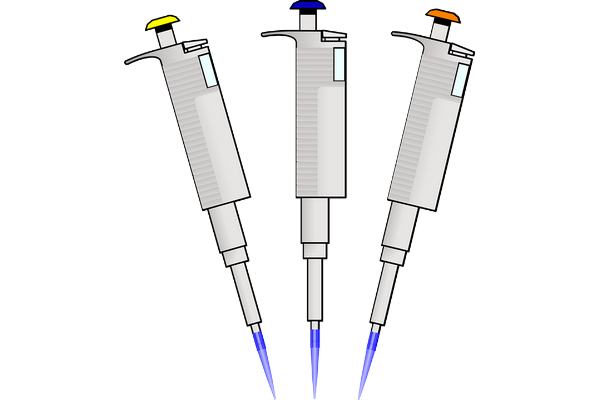HPLC analysis: How to save time and money

Sample reformatting can significatively have an impact on the whole cost of HPLC analysis. In this post, we try to review all the costs that should be considered when evaluating the impact of sample reformatting.
Whichever sample preparation technique is run (SPE, LLE, filtration etc.), a common step is always performed: the sample reformatting step that involves moving the sample, either in whole or in part, from the vessel used for sample preparation to the vessel (typically a vial or a microplate) suitable for being processed by the HPLC autosampler.
The costs due to the sample reformatting step include - first of all - the direct costs that are the costs of the pipette tips and autosampler vials (including relative caps and septa) and the direct labor costs due to the operations that must be carried out to perform a sample reformatting.
An additional and often underestimated category of costs is the disposal costs: autosampler vessels and pipette tips generate additional waste that needs to be disposed of properly. Then the “error cost” has to be taken into consideration: sample reformatting requires the operator to perform many tasks, this means that sample reformatting is a possible source of additional errors. Other unquantifiable costs, that have anyway a considerable importance, are the ecological costs and the timing delay to get relevant analytical data.
All these costs related to sample reformatting step can be avoided if it would be possible loading on the autosampler the sample vessels that have been used last for sample preparation. Very few autosamplers on the market allow to handle the customization needed to avoid sample reformatting: discover how HT4000L autosampler is able to help.
Get the Full White Paper “Sample Reformatting Cost for HPLC Analysis”
Latest News
- How to reduce Power consumption and minimize technical Gas usage
- HOW TO VIDEO: Repackage HTA Autosampler
- LEANPREP BOARD: Ready to embrace lean in your lab?
- HTA is thrilled to unveil HTA Monitor 2.0!
- HTA Introduces the Happiness Score
- HS and SPME autosamplers with vial cooling for food and biological samples
- AI-powered GC autosamplers: what benefits?
- Keep Your Samples Safe: Discover the New Thermally Conditioned Rack for 3000A
- HOW TO VIDEO: Change mode in HTA All-in-one GC Autosampler
- HOW TO VIDEO: Add your HTA instrument to the Customer Portal



